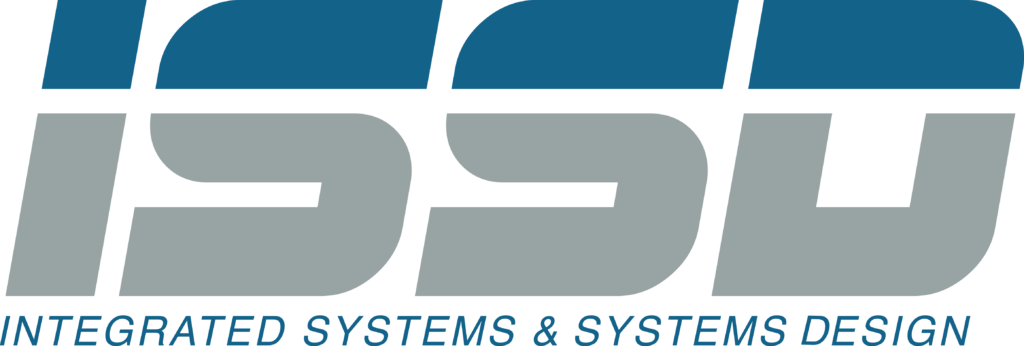Most of us live in the urban areas for the sake of having access to more facilities and opportunities. Our connection to rest of our city is based on transportation network and we use available transportation modes for this. But how easy is it for us to access the nearest bus stop or metro station? How long do we need to walk?
This is where Transit Oriented Development comes in. Transit Oriented Development, or TOD for short simply seeks to develop urban areas around transit nodes. To simplify further, you can imagine a circular neighborhood and at the center, a metro station.

Figure 1: Urban Cluster with TOD (Retrieved from: http://www.robertyakasdesign.com/uploads/1/1/1/4/11147047/2692055_orig.jpg)
For this type of development, the urban areas need to be compact and have high density residential areas. But at the same time, the urban area needs to be pedestrian oriented, so access to the transit node is easy and fast. TOD gains popularity due to its ability to help solving economic, social and environmental problems and this has its roots on the sustainable approach to urban planning and land use.

Figure 2: Social, Economic and Environmental Benefits of TOD (Retrieved from: https://www.calgary.ca/PDA/pd/Documents/transit-oriented-development/tod-policy-guidelines.pdf)
On the local level, TOD can help revive the transit hub and the surrounding area. Due to the requirement of mixed-use where housing, offices and shops need to coexist, accessibility to housing and opportunities can increase. Also, dense and compact urban areas will provide a wide choice of housing units with different economic requirements which in the end, can help embrace all citizens. Transportation costs overall can diminish with the help of promotion of walking and better integration to stations. Since transportation modes will be integrated, mobility will increase and more mobility will provide local economic development.
On a regional level, TOD brings lower pollution and lower congestion through allowing different transportation modes become more accessible to all. Neighborhoods with TOD will have increase regional connectivity which will promote social and economic benefits. Ultimately, sustainable development with healthier neighborhoods, walkable communities and wide housing choices, will be achieved.
TOD, even with its difficulties of implementation, can promote sustainable and mobile communities. Why not give it a go for a new development area?
